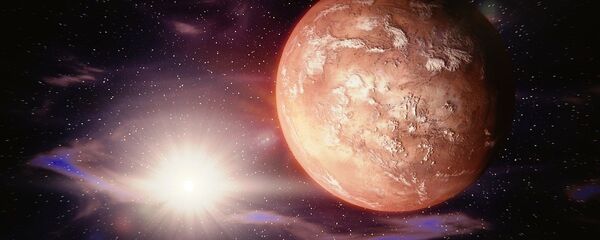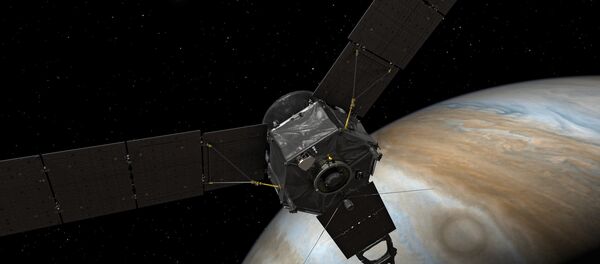If scientists want to advance the prospects of long-term space exploration, providing astronauts with the ability to analyze unfamiliar environments is a crucial step.
Scientists with NASA’s Biomolecular Sequencer project have taken a major step in that direction, conducting a genome sequence onboard the International Space Station (ISS).
Astronaut Kate Rubins used a handheld sequencer called the MinION to sequence samples of mouse, bacteria, and virus DNA.
"Up until recently technology for sequencing in space hasn’t been available because sequencers are generally large bulky instruments," Charles Chiu told Phys.org. He led a team of researchers at UC San Francisco who analyzed the data sent from the ISS.
MinION uses nanopore sequencing to deliver an ionic current through cell membranes, sequencing a strand of DNA in as little as 10 minutes. But until now, scientists couldn’t be sure if the lack of gravity would affect how the machine functioned.
"It didn’t turn out to be a huge problem," Chiu said. "We essentially got equivalent data, and it’s of very high quality, probably within the top 20 percent of nanopore runs that we do routinely here on Earth."
The technology will have a number of benefits.
"Onboard sequencing makes it possible for the crew to know what is in their environment at any time," project manager Sarah Castro-Wallace said in a press release.
"That allows us on the ground to take appropriate action – do we need to clean this up right away, or will taking antibiotics help or not? We can resupply the station with disinfectants and antibiotics now, but once crews move beyond the station’s low Earth orbit, we need to know when to save those precious resources and when to use them."
Of course, genome sequencing has even broader applications. Astronauts operating thousands of miles from Earth can check on food and water supplies to determine if they are contaminated. Onboard medical assistance can be provided.
And, most excitingly, genome sequencing could be used to better understand alien life, should astronauts stumble across it.






